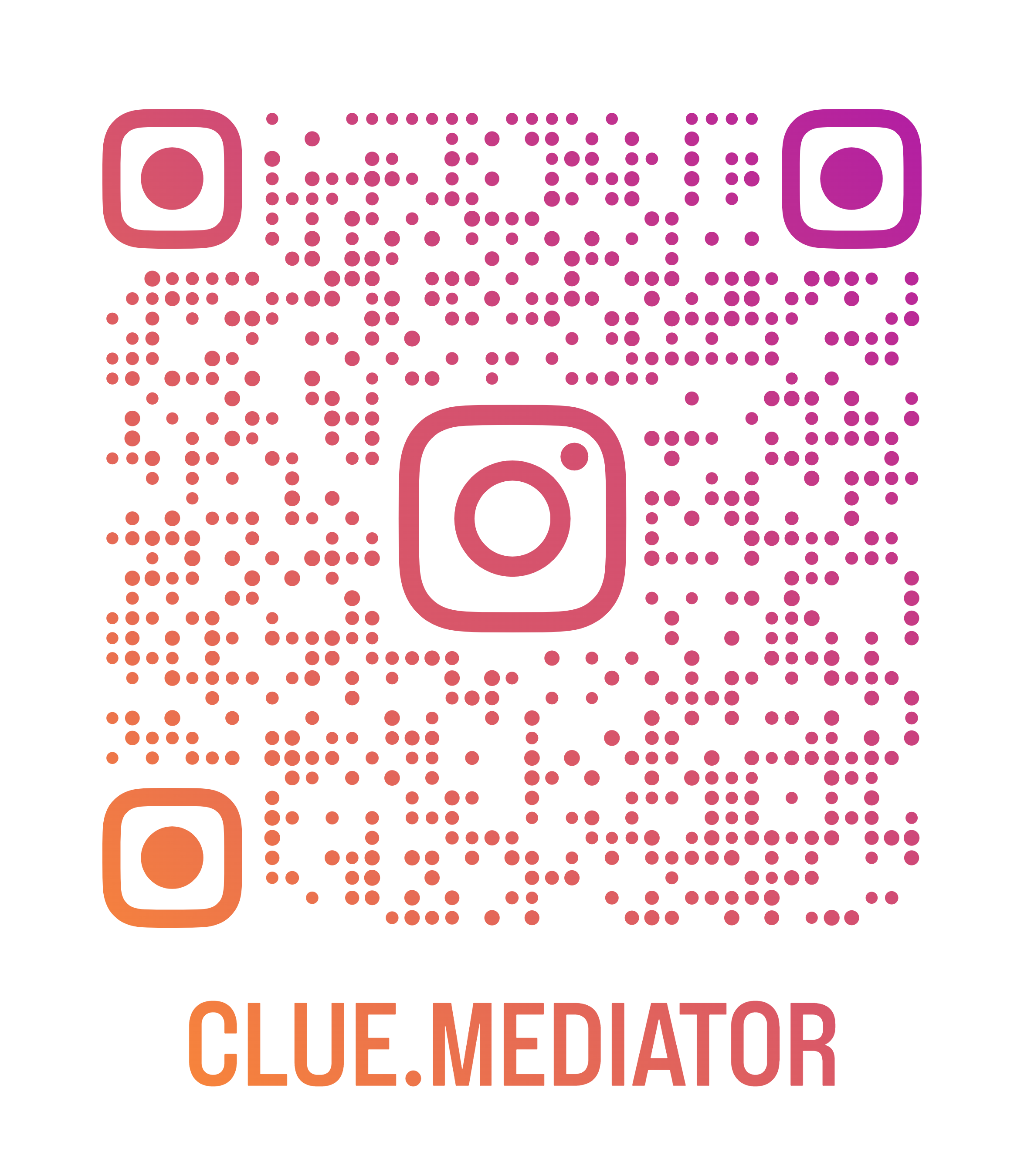Understanding MouseEvent and KeyboardEvent in JavaScript
When working with JavaScript, events are a big deal. Whether you're handling mouse clicks or keypresses, knowing how to use MouseEvent and KeyboardEvent objects can save you a ton of time. These objects provide properties that help you understand what’s happening when a user interacts with your app.
MouseEvent and KeyboardEvent Explained
- Common Properties in MouseEvent and KeyboardEvent
- MouseEvent: Tracking Mouse Interactions
- KeyboardEvent: Detecting Key Presses
1. Common Properties in MouseEvent and KeyboardEvent
Both event objects share some handy properties:
- altKey, ctrlKey, shiftKey, metaKey: These tell you if special keys like Alt, Ctrl, Shift, or Command (Mac) were pressed during the event.
- relatedTarget: For
MouseEvent, this refers to the element that the pointer interacted with (useful for drag-and-drop scenarios).
For example, checking if the user held down Ctrl while clicking:
document.addEventListener('click', (event) => {
if (event.ctrlKey) {
console.log('Ctrl + click detected!');
}
});
2. MouseEvent: Tracking Mouse Interactions
The MouseEvent object provides details about mouse actions like clicks and movement.
Some key properties include:
- clientX / clientY: Coordinates of the pointer relative to the viewport.
- screenX / screenY: Coordinates relative to the screen.
- button: Tells you which mouse button was clicked (0 for left, 1 for middle, 2 for right).
Example: Detecting the mouse position:
document.addEventListener('mousemove', (event) => {
console.log(`Mouse position: (${event.clientX}, ${event.clientY})`);
});
3. KeyboardEvent: Detecting Key Presses
The KeyboardEvent object is all about user input from the keyboard.
Important properties include:
- keyIdentifier (Deprecated): Identifies the key pressed. Use
event.keyinstead for better compatibility. - keyLocation: Specifies the location of the key (e.g., left Shift vs right Shift).
- key: The actual value of the key pressed (e.g., "a", "Enter").
Example: Capturing key presses:
document.addEventListener('keydown', (event) => {
console.log(`Key pressed: ${event.key}`);
});
Conclusion
Understanding MouseEvent and KeyboardEvent objects is essential for creating interactive web apps. Whether you're tracking mouse clicks or responding to keyboard shortcuts, these objects give you all the details you need.
Happy Coding! 🎉 Dive into these events and make your web apps shine!
